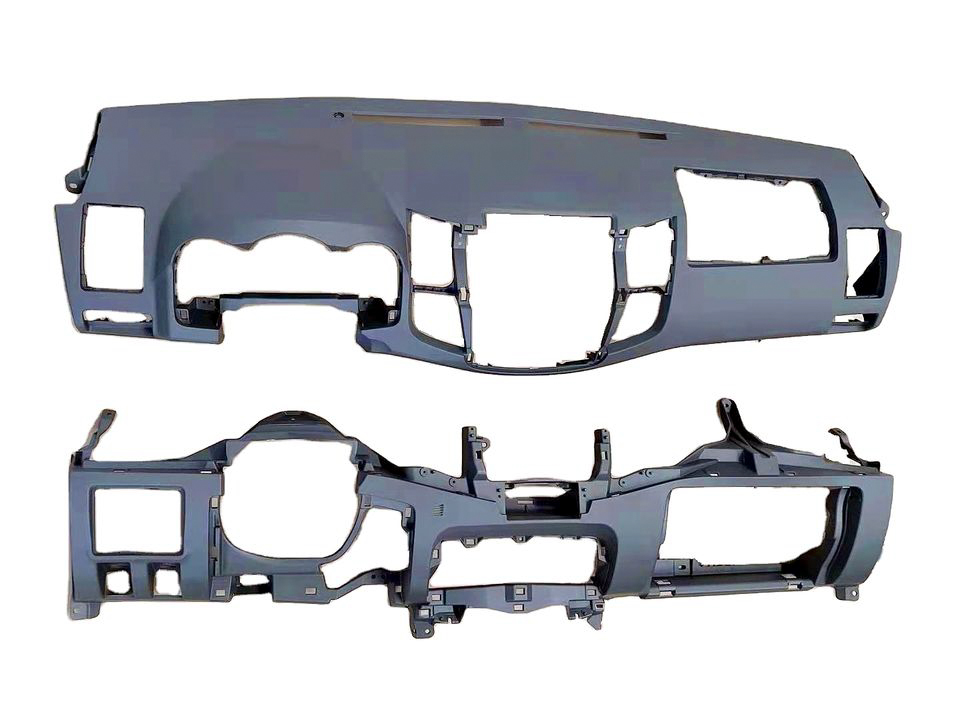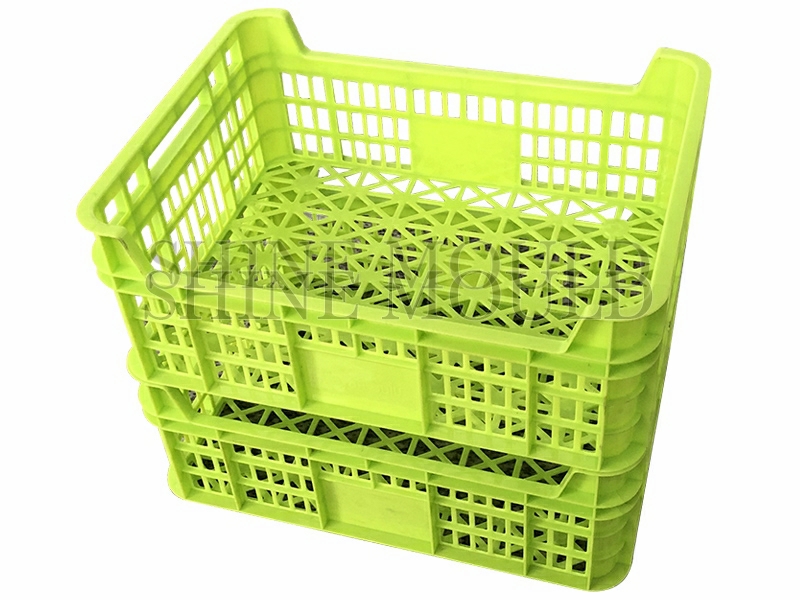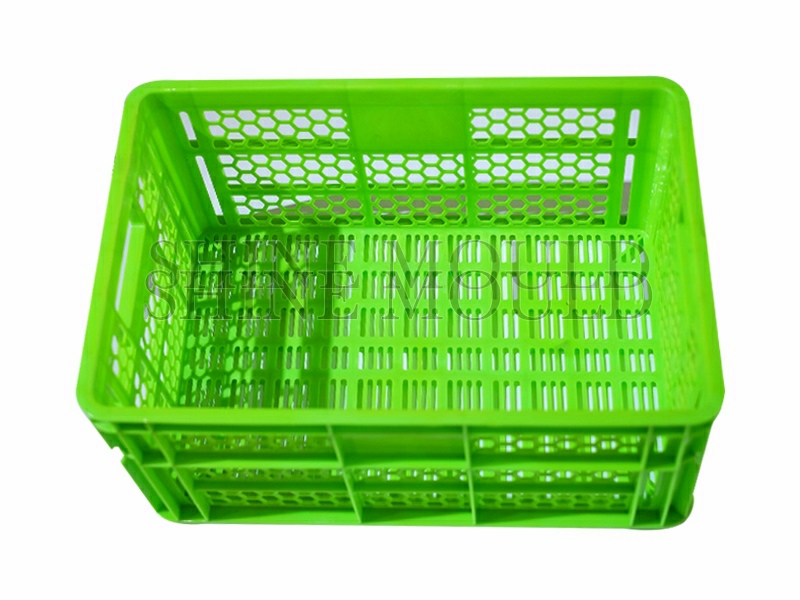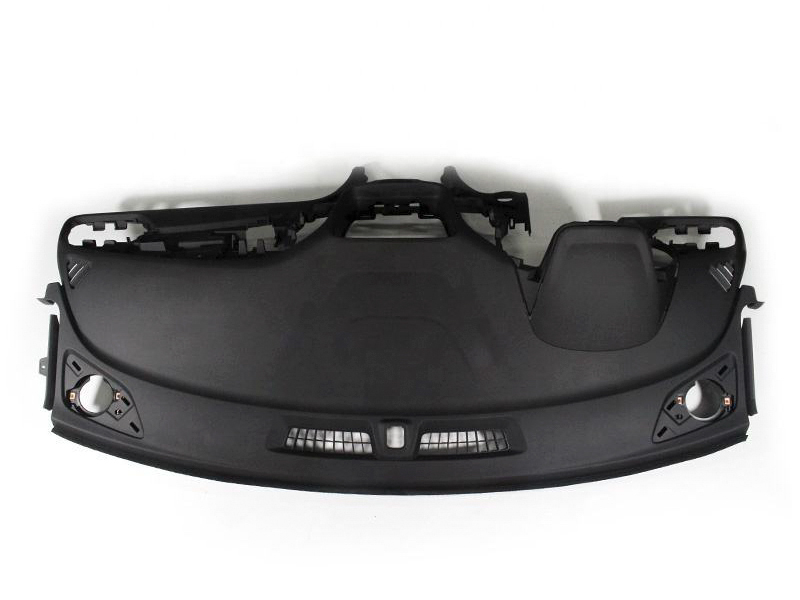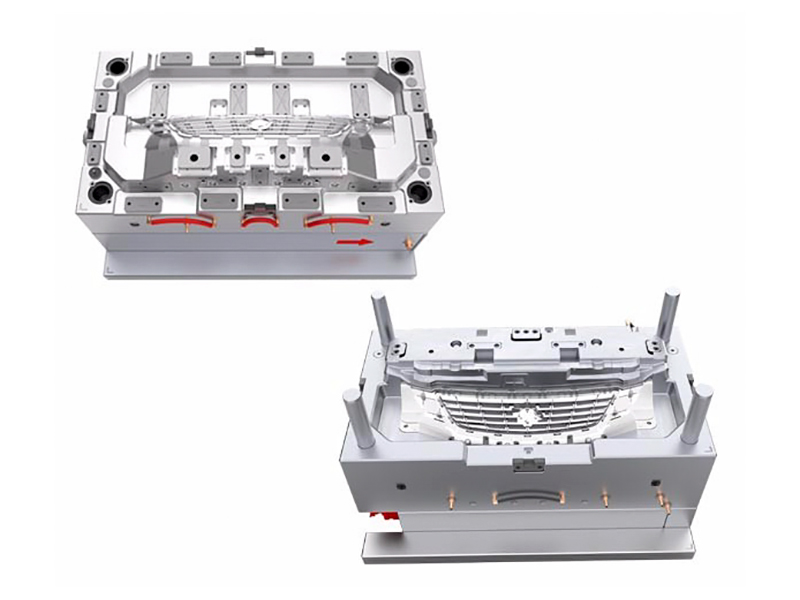Innovating Pipe Fitting Moulds Enhancing Efficiency and Precision
Pipe fitting moulds play a crucial role in the manufacturing industry, facilitating the production of high-quality pipe fittings used in various sectors. As technology advances, new methods and approaches are continuously being developed to improve the efficiency and precision of these moulds. In this article, we will explore some innovative techniques and strategies employed in the design and production of pipe fitting moulds.
Advanced CAD/CAM Systems: Computer-aided design (CAD) and computer-aided manufacturing (CAM) systems have revolutionized the process of designing and manufacturing pipe-fitting moulds. These systems allow engineers to create detailed 3D models of the moulds, analyze their structural integrity, and simulate the production process before actual manufacturing takes place. This not only saves time and resources but also enables the identification and rectification of any design flaws or potential issues.
High-Precision CNC Machining: The use of computer numerical control (CNC) machining has significantly enhanced the precision and accuracy of pipe fitting mould production. CNC machines can follow complex instructions to carve out the desired shape from a block of material with exceptional precision. This level of accuracy ensures that the final moulds are dimensionally precise, resulting in perfectly fitting pipe fittings.
Rapid Prototyping Techniques: Rapid prototyping techniques, such as 3D printing, have opened up new avenues for the development of pipe fitting moulds. By using additive manufacturing processes, engineers can quickly create prototypes of the moulds and test their functionality before committing to full-scale production. This iterative approach allows for faster design iterations, reduced lead times, and the ability to incorporate design improvements based on real-world testing.
Material Innovations: The choice of materials for pipe fitting moulds has also evolved over time, with the introduction of advanced materials that offer improved durability and heat resistance. For example, the use of hardened steels and alloys has enhanced the lifespan of the moulds, enabling them to withstand the rigours of high-pressure moulding processes. Additionally, coatings and surface treatments are applied to reduce friction and wear, further extending the longevity of the moulds.
Automated Manufacturing Processes: Automation has played a pivotal role in improving the efficiency of pipe fitting mould production. Automated systems can perform tasks such as material handling, injection moulding, and quality control with speed and accuracy. This reduces the dependence on manual labour, increases production rates, and minimizes the risk of human errors. Additionally, real-time monitoring and data analysis enable manufacturers to optimize the production process for maximum output and quality.
The continuous advancement of technology has revolutionized the design and production of pipe fitting moulds, enhancing their efficiency and precision. From advanced CAD/CAM systems to high-precision CNC machining and rapid prototyping techniques, manufacturers have a wide range of innovative tools at their disposal. Material innovations and the integration of automated manufacturing processes further contribute to improving the overall quality and productivity of pipe fitting moulds. As these technologies continue to evolve, we can expect even more efficient and precise moulds, facilitating the production of high-quality pipe fittings for various industries.




 Search...
Search... English
English
